When I see advice on how to live a sustainable life, the words everything has to come from somewhere always come to mind. It’s something I find I keep saying to myself. We can so easily be seduced by a new ‘sustainable’ product, forgetting that it still has to come from somewhere. Perhaps sometimes there are ways to avoid buying a product in the first place.
Writing about the more consumer-focused side of sustainable living started me on a trail of thoughts about this. I mainly like to write about how we can make do and create at home. I’ve been on a couple of shopping trips, though, where I looked at plastic-free food shopping 1970s style and the prospect of an unpackaged food revolution. I went back to the 1970s with my Nan and my mum. We picked up tea, all in paper and card packs, custard powder in cardboard cylinders, ice-cream in waxed card, bread in waxed paper wrappers.
Most of these are still available now but are hard to find amongst the sea of plastic in shops and supermarkets. It was partly a bid to champion the cause of packaging from natural materials (paper, card, glass and tin) in preference to plastic, in combination with granny shopping tactics. I didn’t even approach the subject of bioplastics, which is another whole new world of complexity altogether.
A place Called Somewhere
However, in the end, I turned turtle to suggest that even paper, card, glass and tin has to come from somewhere. I felt that the flip side to my journey was surely that there has to be a limit to how much packaging is sustainable? After all, production of all this packaging is fossil-fuel powered. Resources go in one end, through machinery, that itself has to be manufactured and uses energy. Out comes the packaging at the other end in factories that eat up land in a place called ‘Somewhere’. It may have the opportunity to be recycled or downcycled, but probably in a different factory, on different land (somewhere), using more energy. That place called ‘Somewhere’ is important. It could be ‘Somewhere-by-the-Sea’, Somewhere-under-Hill’, Somewhere-in-the Greenbelt-right-outside-your-back-door, or even ‘Somewhere’ in a poor, third-world country.
Unpackaged Revolution
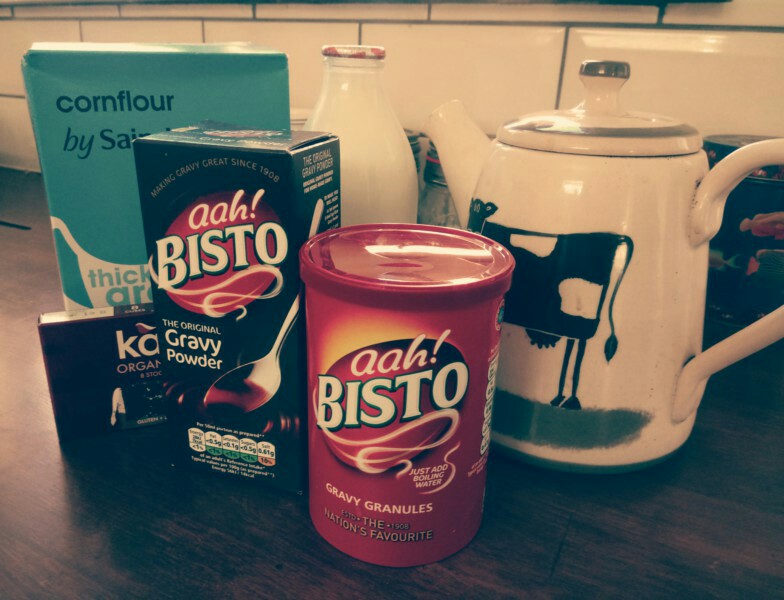
We will always need packaging but I wondered, shouldn’t we aim for more unpackaged food (at the point of sale) as a first port of call? I mentioned some old-fashioned shopping tactics. So, this might mean a return to buying loose fruit and veg, all tipped in to your single re-use fruit and veg bag (maybe a cotton string bag), food from shopkeeper-served counters or from bulk bin stores. This would mean more people-powered shops. People (yes real people!) at shop counters rather than in factories.
More importantly, we may need to buy less if we grow (or rear) some of our own food. If that’s not your thing, even just making more food from scratch from shop-bought ingredients would make a difference. This brings me back to either making and creating more at home and shopping less. If you’re short of time, though, you could try shopping more mindfully. Look for goods that mean more to you because they’re local, are Fairtrade, or have a smaller carbon footprint, or support growers, artisans and crafters.
Is Homesteading the Answer?
Just a Homemaker
Homemakers have low status in our society. If someone asks us what we ‘do’ they usually mean a payed job, whether that’s as an employee or self-employed. Unpaid work doesn’t seem to command the same respect, but it can often involve a peculiar set of skills. No, I don’t mean the skills that Liam Neeson meant when he said in the film ‘Taken’, ‘what I do have is a very peculiar set of skills’‘, I mean something far less menacing.
It is work that probably appeals to the variety seekers and the dabblers who eventually become a ‘jack-of-a-few-trades’. I’d say I definitely fall into that category. I constantly feel I fall short of the dedication to single-mindedly keep plugging on at one activity for hours and days at a time. Sometimes I feel like I need a brain transplant to fit in. Society seems to want us to be the latter, but we could probably do with having more people with the mindset of the former.
Smallholders and Shopkeepers
The mindset of the homemaker, homesteader or smallholder, the small farmer, the craftsperson and corner shop owner. Britain has been said to be a nation of shopkeepers, but we were also once much more a nation of smallholders than we are now.
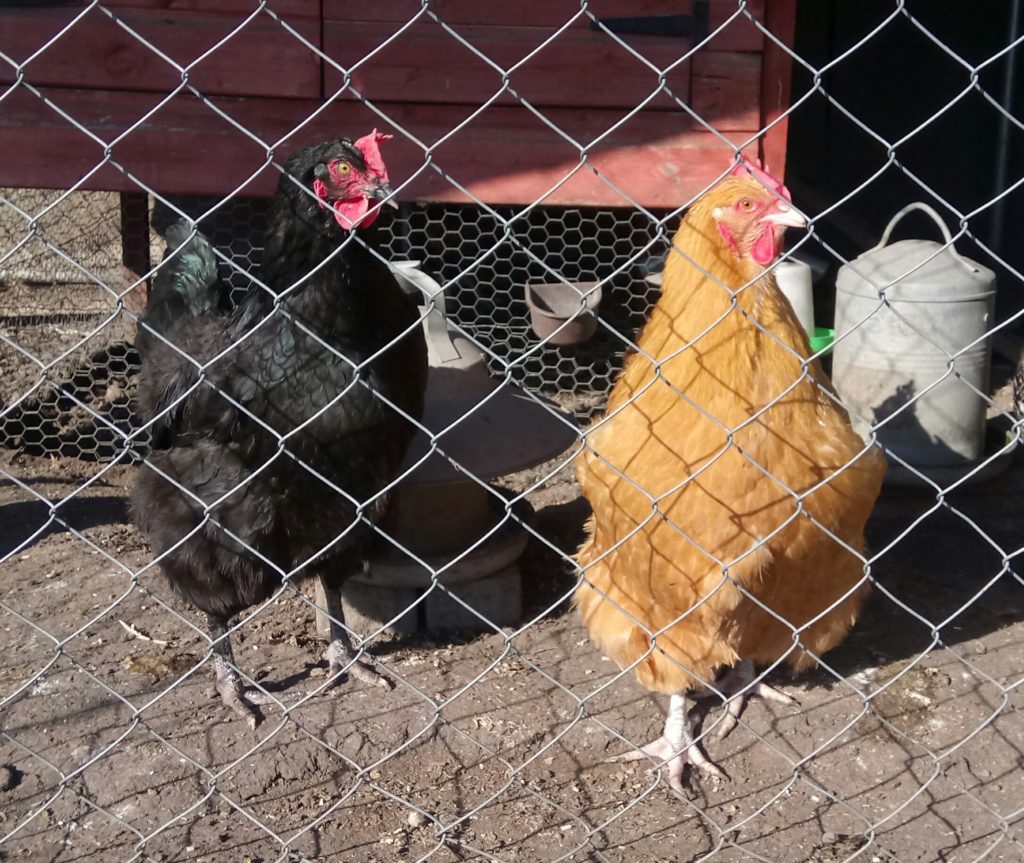
Dig for Victory and Victory Garden Productivity
I wonder how much food production we could share out amongst us. During World War II in the UK, as a result of the Dig for Victory campaign, we went from importing around 75% of our food in the 1930s to halving our reliance on imports even by 1941. We grew in back gardens, allotments, parks and factory forecourts. Learn more in Dig for Britain helped win the war.
I’ve started listening to a podcast called The Small Town Homestead. In one episode I heard from Harold Thornbro that in the US, during WWII, people were planting victory gardens to try and avoid a food crisis. As in the UK, they planted up gardens and parks, rooftops and balconies. By 1944 they were responsible for 40% of all vegetable production. Just as in the UK they were raising chickens, other small animals and pigs.
That’s food for thought! Are you someone who’s thinking of homesteading but you feel you need to wait and move from town to the countryside? This episode called Why you should start homesteading right now where you are will probably persuade you otherwise. Become an urban homesteader. Do it now: this is modern homesteading.
Reduce the Pressure
No one would want another world war to persuade us to repeat those feats of productivity. But is it worth asking how much we might take the pressure off the need to import goods, and on farmland and industry if we were to take back food production more into our own hands? Or into the hands of farmers working small farms in a sustainable way?
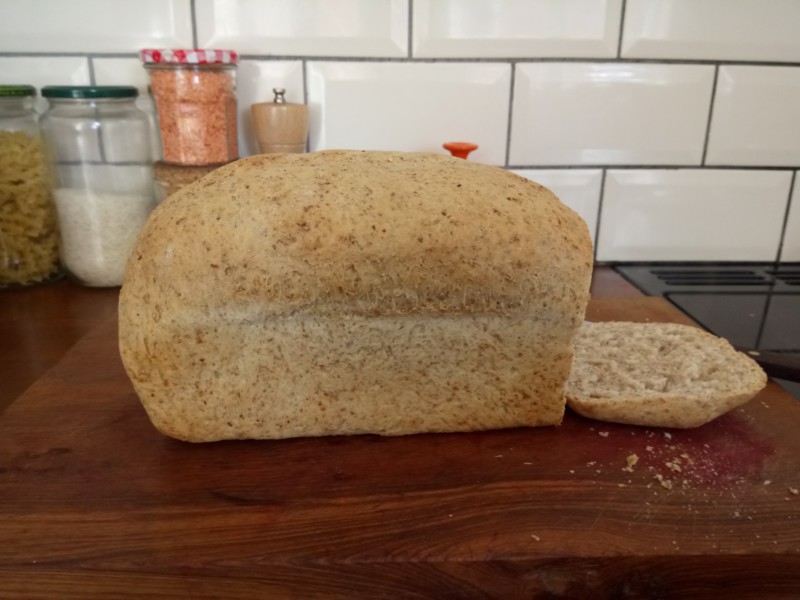
Growing most of your own food or crafting your own belongings may not seem feasible or attractive. But, taking on just one skill, or changing your buying habits for one item, can help you to appreciate more where ‘stuff’ comes from. And what it takes to arrive at an end product.
Take Those Consumer Goggles Off
Of Knitters and Yarn
As example, I’ve been a knitter for many years, but years ago I had a different perspective. I bought the yarn that went with the pattern. More often than not I’ve tried to substitute a cheaper yarn, and, oh did I have some failures! I knew little about what the yarn was made of. Since I’ve learnt to spin, though, I’ve increased my knowledge in leaps and bounds.
I’ve also come to appreciate how much wool has been dropped in favour of acrylic and other synthetic fibres in yarn. Moreover, that wool isn’t just wool. I started spinning with Ryeland wool, a breed local to me. It’s short-fibred, crimpy and soft and needs a particular kind of processing and spinning method. I’ve also worked with wool from hardy, northern hill sheep like Herdwicks, native to the high Lakeland fells. It’s longer fibred, kempy (more hairy) and durable, not really a classic knitter’s yarn. It favours a different kind of processing and spinning to a wool like Ryeland.
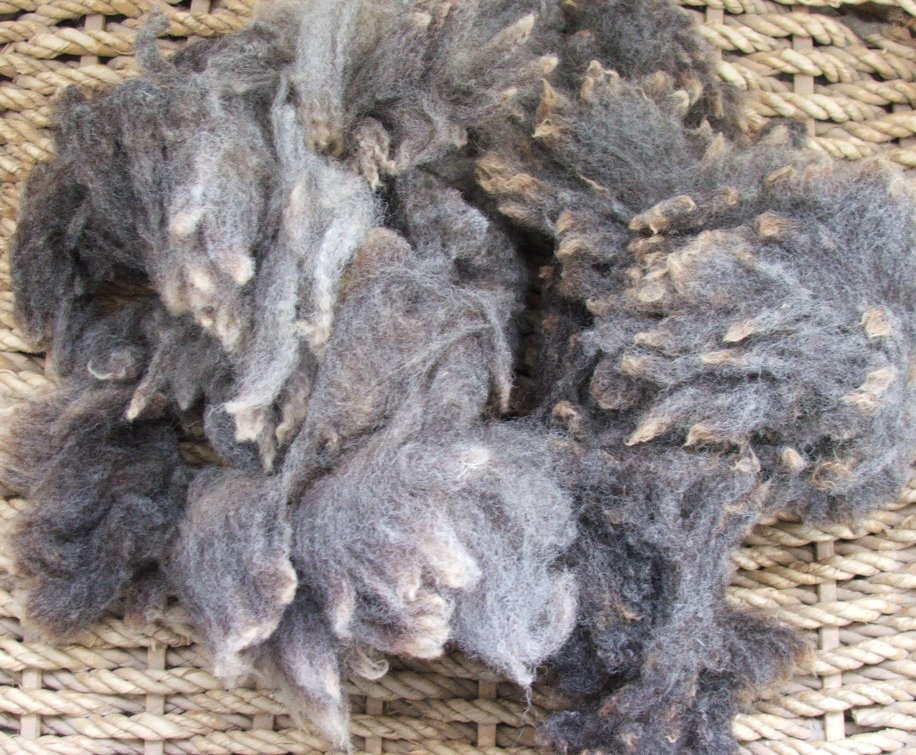
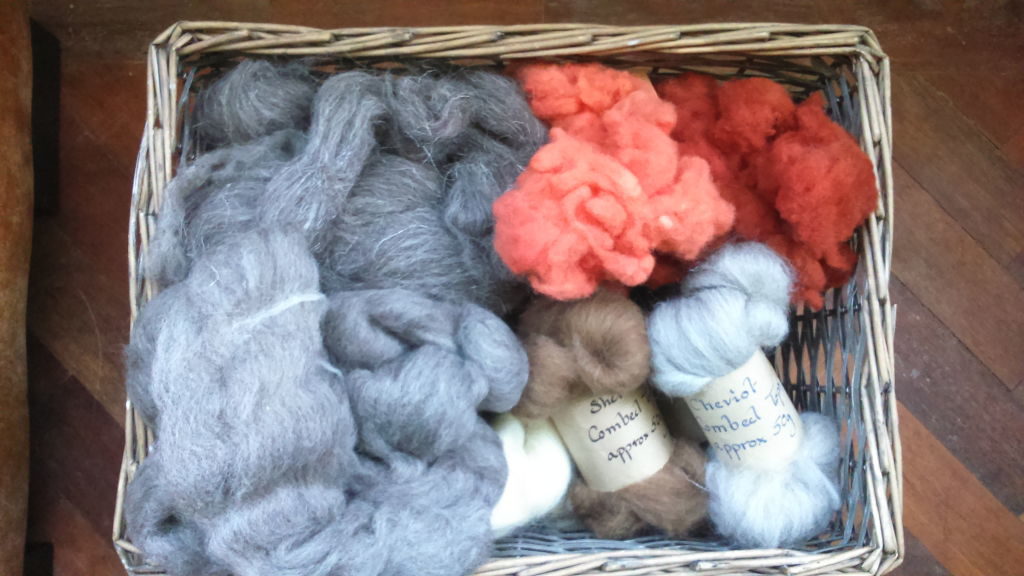
Overtime I’ve become aware of what I don’t know. Or, what I haven’t experienced. I’ve become fascinated with our native sheep and more interested in the lives of the farmers, shepherds and shepherdesses who keep those sheep.
Of Shepherds and Sheep
It takes a lot to take a mucky fleece, clean (scour) it, and process it into yarn. But, we haven’t even begun. I know that it isn’t me getting up at the crack of dawn to feed hay to sheep on the hills in a snow blizzard. Blizzards that, in 2018, became known as the #BeastFromThe East. I know it wasn’t me pulling sheep out of snow drifts. Anxiously watching over lambing in a cold, late spring. I hear that hardy, northern hill sheep like Herdwicks and Rough Fell sheep, that are hefted to the landscape, are less likely to get caught in snow drifts because of their more instinctive and self-protecting behaviours.
Find out more from, Westmoreland Shepherdess @RuslandValley and Yorkshire Shepherdess@AmandaOwen8 and Suzanna Compton @ZwartblesIE. It’s a long journey from a newborn lamb, an adult sheep to woollen yarn and an end product. Whether it’s fashioned in someone’s home, a small crafter’s workshop, or through a larger business.
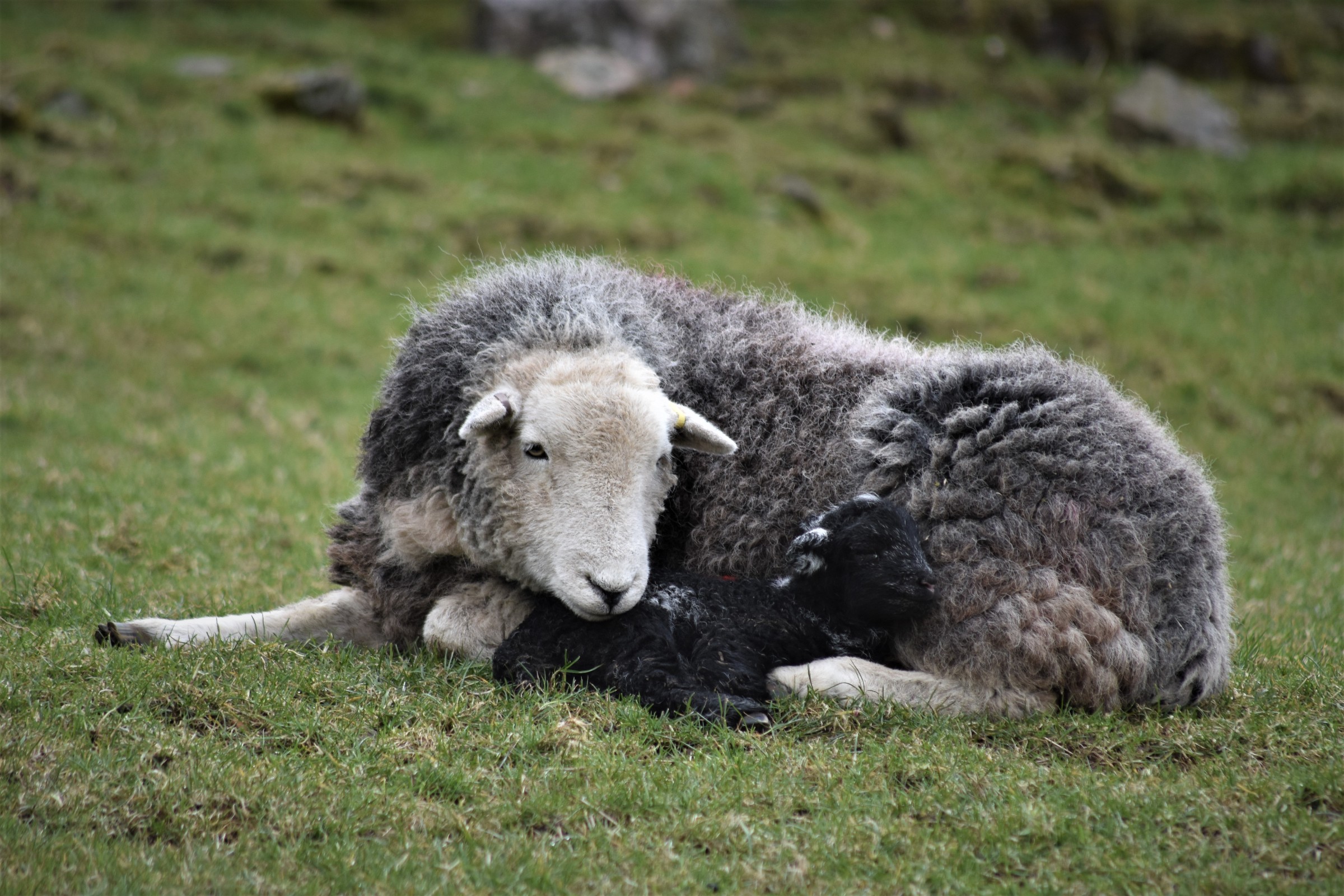
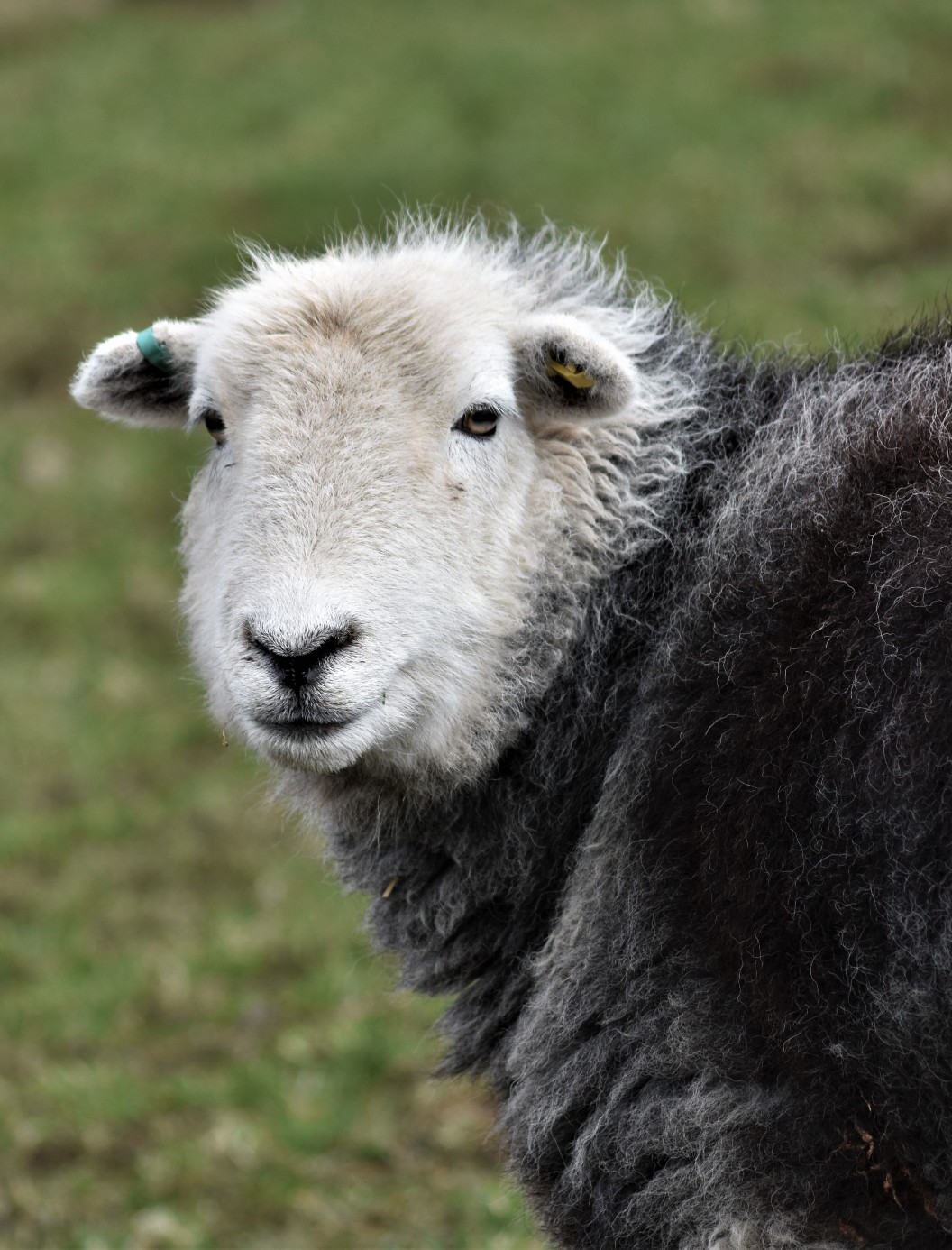
Bake bread, grow your own veg. Buy someone a handcrafted scarf for their birthday and you will find enrichment and interest along the way. Let’s spend time making ‘stuff’. We’ll then find ourselves asking questions about how we make and produce everything.
What Is a Sustainable Diet Anyway
Take the subject of sustainable diet, and whether animal-based or plant-based food is more sustainable. An opinion that has been aired for some time now is that livestock farming is unsustainable. International organisations, think tanks and influencers advise us, then, that we should opt for a more plant-based diet. We probably should eat less meat and more plant food, but statements like this are very simplistic. You might read this as meaning all animal based-food is bad and is reared in the same way. All plant food is good and is cultivated in the same way. We’re thinking in a very polarised way, probably because we’re very detached from food and farming. We don’t see any problem with such statements.
Most of us have never had to provide all our own food, or make a living from farming. Our understanding, then, of where food comes from can be limited. We may aim to follow current advice and eat more plant-based food. But, we often rely on imported fruit and veg shipped in refrigerated containers across oceans. Take a look at how much of it in supermarkets is just so. Producers grow in huge monocultures using chemical fertilisers, herbicides and pesticides like neonicotinoides, now becoming known as bee-killing pesticides. Oh dear, it sounds abysmal doesn’t it?
Polyculture, Permaculture
You might wonder if we can afford to eat anything at all, but of course, we can. We can, and are producing using organic methods. That can mean growing with manures and compost. Polycultures help to combat disease. Forest garden techniques, or raising native breeds and crop varieties are on the rise. Crop and animal rotations keep up soil fertility, and animals can be raised in higher animal welfare systems. There are also vegan farms (veganiculture).
Much of this comes under the banner of permaculture. It’s just that the well-meant advice often doesn’t come with discussion of this level of complexity attached.
If terms like permaculture all seem rather complex and ‘other wordly’, I’ve suggested building yourself an imaginary homestead. Creating this in your mind could help you to think through what’s needed to produce what we eat. You may even find that your imaginary homestead takes you into a deeper dive: into ancient food and sustainable diet.
The Problem With Consumer Goggles
The more we find ourselves at the consumer end of the producer-consumer spectrum, the harder it is to take a holistic view. Perhaps this is a rallying call to get back to basics a bit more. Even if it’s still a long way from true subsistence living, you’ll be helping. Imagine if you had to provide your food, shelter and belongings from a limited area of land. Would it change your perspective?
This is reality for many people around the world. Nomadic pastoral herders, subsistence farmers, and hunter-gatherers live in many different ways. Yet, it is these people who produce around 70% of the world’s food.
We hear the most advice on ethics and strategies for sustainable living from first world consumers. People who have never had to subsist on a piece of land with limited resources. Nevertheless, they are people in a powerful position. Perhaps, if we take our consumer goggles off and mentally step out of that world, to some degree, we would be better able to see the bigger picture.
If you enjoyed this post, you may like to know about my book:
